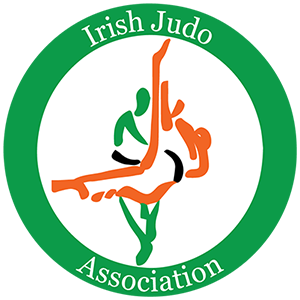Our discipline in judo has been conceived by its founder, Jigoro Kano, as a physical and mental education system by the practice and the grades are the measure of the student’s progress. This progress is in the field of Judo, but the more one advances in the grade the more this measure takes into account the individual’s personal evolution as a human being. The three components of the grade are:
The Irish Grading system makes reference to the “Tai”, the “Ghi” and the “Shin” in all grading pathways. Each Grading pathway contains an appropriate blend of ALL these core attributes. The grading pathway selected by an individual will be more weighted towards their personal journey in the hopes of providing a suitable pathway for player with different focus in their training throughout their lifetime.
“The revised Irish Grading system represents a recognition that for our sport to grow and evolve, we must adapt and create a grading system that affords everyone the opportunity to demonstrate knowledge, skills, and an understanding of the plethora of techniques that Judo has to offer and ensure that every member can achieve their goals as part of a Lifelong Involvement in Sport and Physical Activity model. Grading is a key pillar in the development of our Sport and so there is also a recognition that we must align grading with coaching and our national development pathways to create a fully inclusive system”
– Mr. Sean Fleming, Irish Judo Association President
